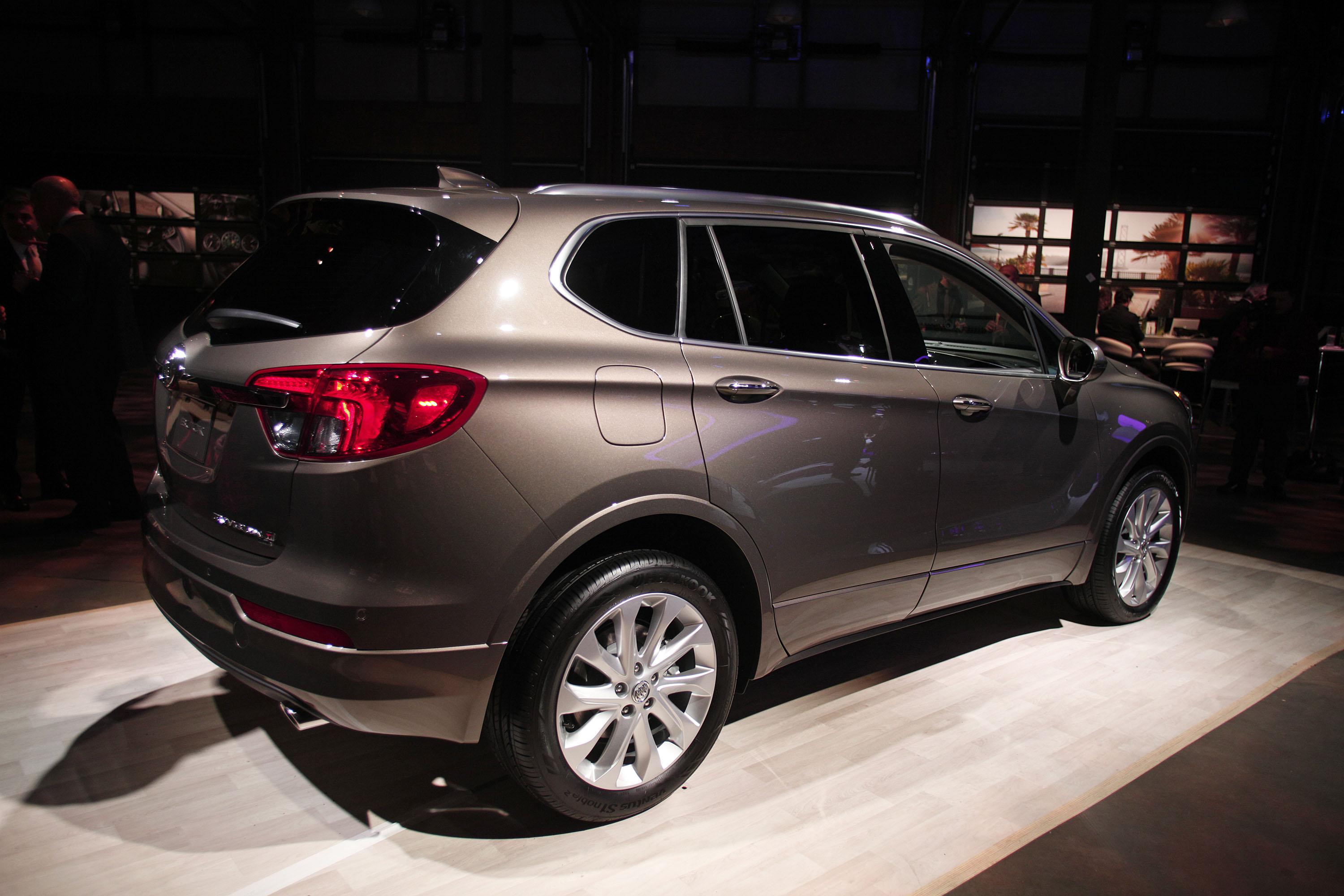American automakers are not making cars anymore. Fiat Chrysler started the trend in 2017 by pivoting toward Jeep SUVs and Dodge Rams. Ford followed by shutting down its own sedan production earlier this year. Last week, General Motors announced it too would phase out U.S.
car production, focusing on SUVs and pick-ups. Who could blame them: That’s where their profits margins are highest, and that’s what Americans are buying.
Among new vehicle sales, light trucks and SUVs now outsell cars by a two-to-one (and growing) margin. Analysts think the shift is permanent; automakers are helping to make it so. In recent years, automakers have largely addressed the early disadvantages of SUVs, including their high gas consumption, high cost, and propensity to roll over. Meanwhile, the economy is booming and gas prices are at a 15-year low. Typically, lower gas prices have pushed buyers into less fuel-efficient cars, and our current era is no exception.
But there may be something else encouraging Americans to buy bigger vehicles: peer pressure, of a sort. Light trucks and SUVs impose significant externalities on people around them, including a lack of visibility, headlight glare, and serious safety risks in a crash. It’s an SUV world. You’re just living in it.
The worst consequences are for people walking down the street. A 2009 review of 11 studies concluded that pedestrians were 50 percent more likely to be killed in a crash with a light truck or SUV than with a sedan. This summer, the Detroit Free Press published an investigation linking the nation’s rising pedestrian death toll to the proliferation of SUVs. Adding insult to injury, their higher-up headlights shine right in the eyes of pedestrians and cyclists.
Drivers of conventional cars have also been put at a disadvantage. There has long been consensus that while larger vehicles “are safer for their own occupants, they impose a severe cost on other vehicles in a collision.” Research out of the University of Buffalo found that passenger car drivers were four times more likely to die in a collision with SUV drivers, even when the passenger car had a better crash rating.
This phenomenon raised the possibility of what the economist Michelle White in 2004 called an “arms race on American roads.” Polling car drivers and SUV drivers, researchers found that there was a widespread discrepancy between the two groups on questions of SUV safety—particularly, on the subjects of seeing around SUVs, collisions with smaller vehicles, and headlight glare. Drivers in bigger cars just didn’t see those issues as such a problem.
Crashing into an SUV may not be buyers’ primary concern. More likely, says Stephanie Brinley, an automotive analyst at IHS Markit, automakers expanded the market through lower price points, more sizes, and better fuel standards. Still, even if you’re not contemplating an accident, driving a car in the U.S. can sometimes feel like being a kid at the grown-ups table: It’s hard to see. Surveys report an “increasing consumer preference for safety and comfort” as a motivating factor for SUV purchases, some of which may reflect the allure of higher seating and increased visibility.
At night, you may feel you’re going blind from their headlights. It’s the result of three separate factors, says John Bullough, the director of Transportation and Safety Lighting Programs at Rensselaer Polytechnic Institute in Troy, New York. Pick-ups and SUVs have higher lights, but unlike 18-wheelers, aren’t required to adjust their headlight angle accordingly. At the same time, the proliferation of bluer LED headlights makes newer cars feel brighter (in reality, his studies have shown that bluer lights don’t make it harder to see). Finally, according to Bullough’s research in parking lots of shopping malls, nearly two in three vehicles on the road have poorly adjusted headlights, which may be shining too high or too low.
Drivers are able to dodge those beams by getting in a higher seat. Pedestrians have no such option available. Automakers are working on U.S. deployment of a technology called “adaptive driving beam” headlights—a kind of permanent “brights” function where lights lower automatically when a sensor picks up another vehicle in the road. Do those beams sink for pedestrians, too? No, Bullough says—some models may even try to spotlight them for safety. It makes for an unpleasant pedestrian experience, but you’re better blind than dead.
